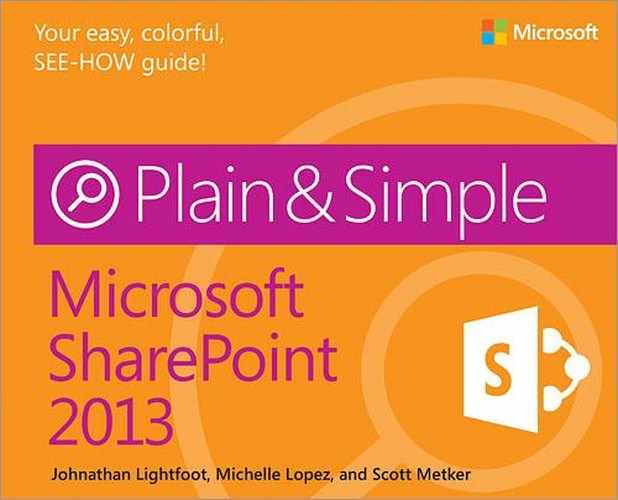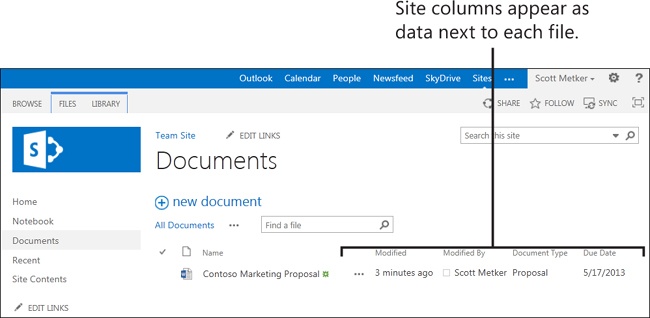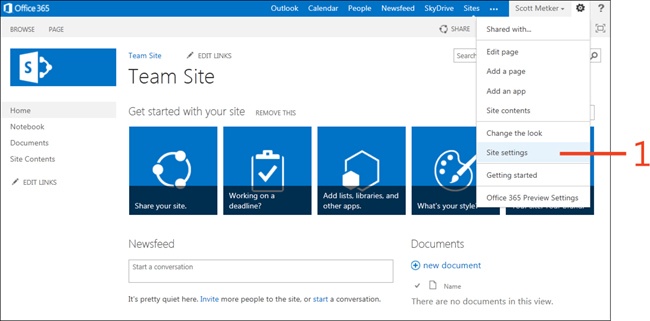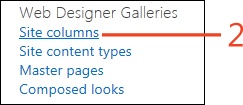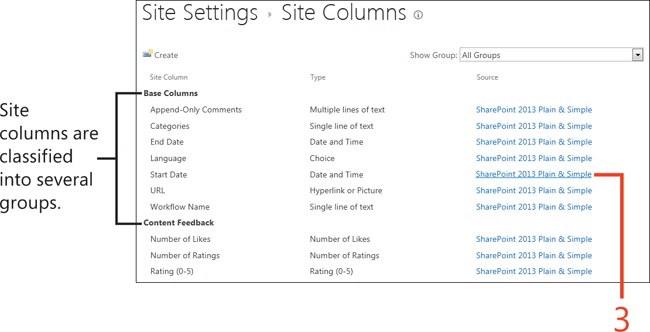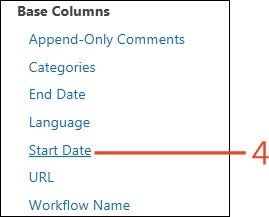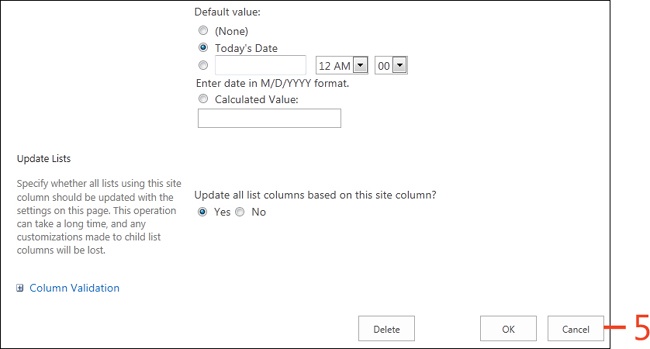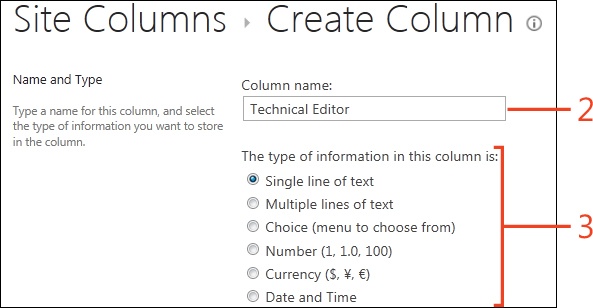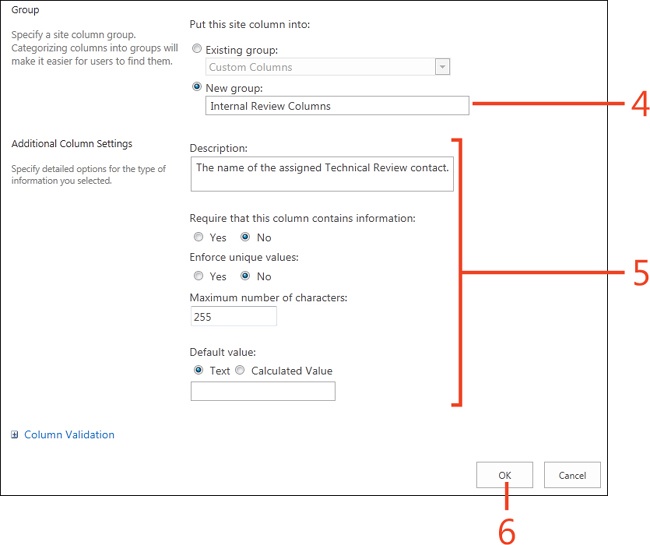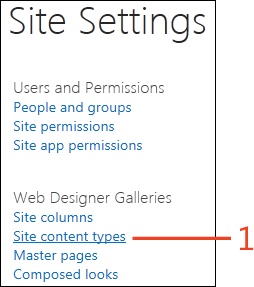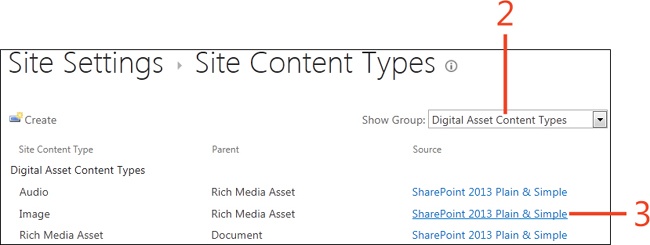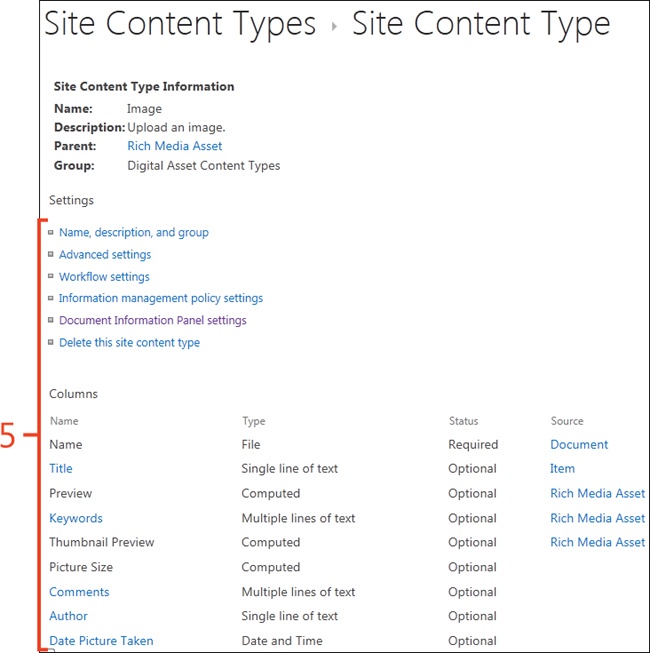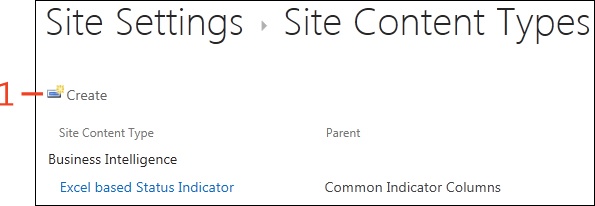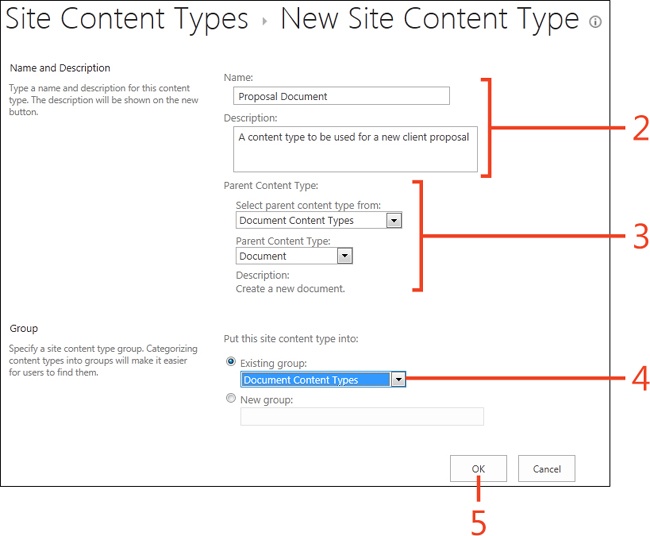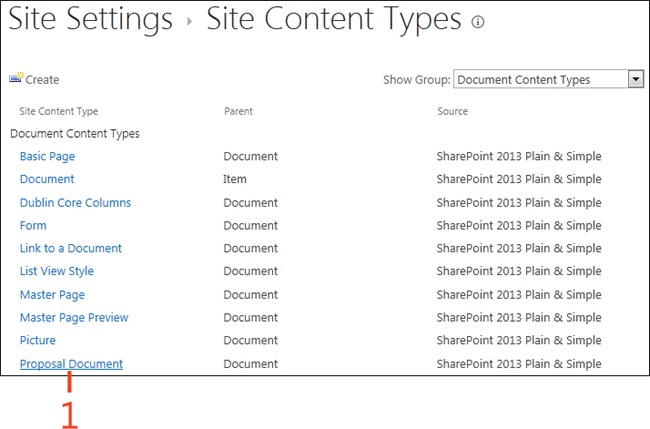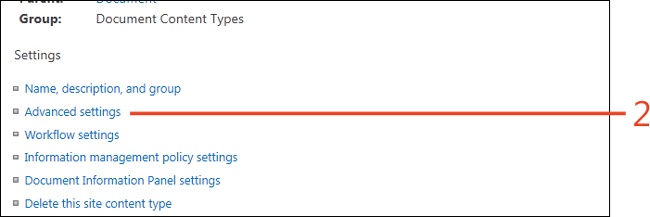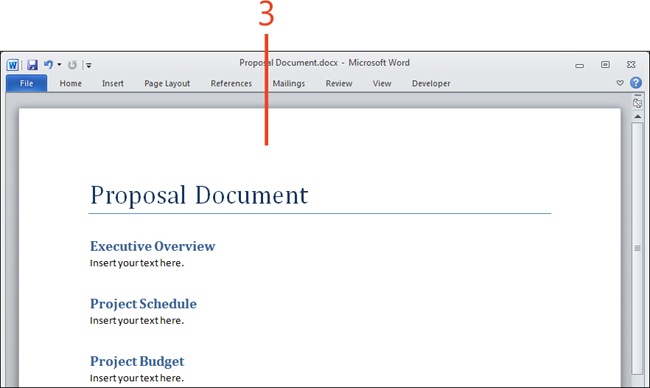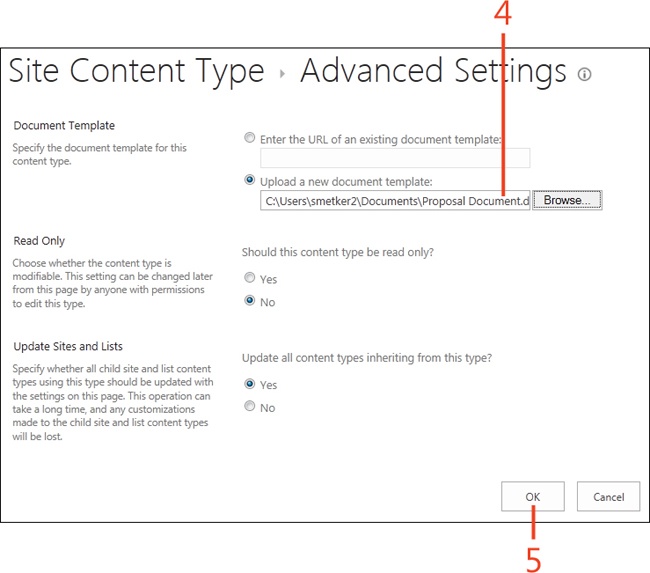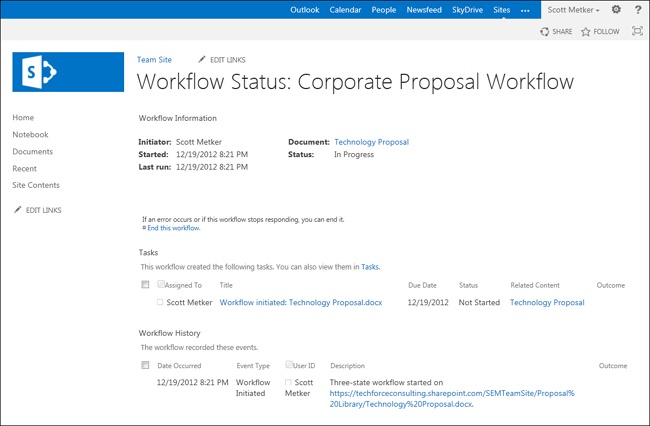Chapter 4. Organizing and managing information
If you are used to working with local files and folders or have worked with simple file sharing sites, you will certainly be able to manage your content in Microsoft SharePoint 2013. You can upload files, sort them into folders, and navigate these folders to find content in the future. At some point, however, a site can grow to contain so many files that a simple, folder-based structure is not sufficient to quickly find content, particularly if you have project files spread across many different folders.
In this section, we explain how you can enhance the ways that you store and organize content by using content types to differentiate types of files, site columns to provide additional information on each file, and document templates and workflows to support document automation.
Browsing through site columns
You can define site columns in SharePoint 2013 at the site-collection level, and you can add and use them within both lists and document libraries. Sites created under a primary collection can also make use of the same site columns available in the root site. As you explore site columns, you will be able to browse the site columns associated with your site and inspect individual site columns in detail.
Browse through site columns
In the upper-right corner of the window, click the Settings icon (the small gear graphic) and then, on the menu that appears, click Site Settings.
On the Site Settings page, in the Web Designer Galleries section, click the Site Columns link.
Tip
Site columns can be reused throughout a site or any child sites that inherit from the parent site. The site columns that you see within your site might belong to a parent site.
Tip
Remember that Site Columns can be inherited from a parent site. This is why you might need to click the Source link to navigate to the parent site if you want to view detail about a particular column. Also, when you click an entry in the Source column, you are taken to the Site Columns page within the parent site, so don’t forget to navigate back after you have finished exploring!
In the Source column, select a site column with a clickable link. If this link is not clickable, you can proceed to step 4.
In the Site Column column, click the name of the site column that you want to view.
After you finish viewing the column information, scroll to the bottom of the screen and click Cancel to return to your previous view.
Creating site columns
When adding site columns to a SharePoint 2013 list or document library, you should first consider using those that already exist, either out of the box or previously defined by other site users. This supports consistency within a site and makes it easier for users of your site to explore and find content. For example, if you have two columns that have the same meaning, such as “Client” and “Client Name,” you make it more difficult for users to choose one of these columns when they search for content or browse through lists on your site.
If you decide to create your own site columns, there is a simple-to-use interface for defining them. In general, we recommend keeping the number of site columns on a site both concise and consistent. Each site column, when associated with a list or library, represents another piece of information that users must enter for each piece of content.
Create site columns
On the Site Settings page, in the Web Designer Galleries section, click the Site Columns link, and then, on the Site Columns page, click Create.
Enter a name for the column that you are creating.
Click the type of information that this column will store.
Pick from an existing group or create a new group in which to organize this column.
In the Additional Column Settings section, enter a description of the column and any other appropriate settings.
Click OK.
Browsing through content types
To work with SharePoint 2013 content types, you first need to view the existing content types that are available for use. You can use the Site Content Types page to quickly view all content types associated with your site (or its parent sites).
Browse through content types
On the Site Settings page, in the Web Designer Galleries section, click Site Content Types.
On the Site Content Types page, in the Show Group list box, select a group to view.
Select a content type and, if you are able, click the Source link. Otherwise, proceed to the next step.
Click the Site Content Type column for the content type that you want to browse.
Explore the associated columns and other settings for the content type you selected.
Creating a new content type
In the event that you have a set of documents that you cannot classify by using one of the existing SharePoint content types, you can create your own content type.
Create content type
On the Site Content Types page, click Create.
On the New Site Content Type page, enter the name and description of the content type.
Select a parent content type (you can first select a filtered list from which to choose).
Click to choose either a new or existing group in which to place this content type. If you select Existing Group, in the list box, select the group.
Click OK.
Click the Add From Existing Site Columns link.
In the Select Columns From list box, filter the list of columns. In the Available Columns section, select one or many columns to associate with the content type. Click Add to associate these columns.
Click OK.
Associating document templates with content types
A common issue with respect to managing content is enforcing a common look and feel within documents. For example, multiple proposals that are authored by separate departments might have different organizational structure, formatting, and wording.
One way to enforce consistency when using SharePoint 2013 is to upload and associate a document template with your content types. With document templates, users who create new documents based on a content type can have a prepopulated starting point (instead of a blank document). A simple usage is to create the various headers that would be expected in most documents and apply some basic formatting.
Associate a document template with a content type
On the Site Content Types page, click the Site Content Type column where you will associate a document template.
From the Site Content Types Page, click Advanced Settings.
Prepare and save a Microsoft Word document locally with your desired formatting for new documents based on this content type.
Select the Upload A New Document Template option, click Browse, and then select your local document.
Click OK to save your changes.
